The Fokker C.X was a biplane scout and light bomber designed in 1933. It had a crew of two (a pilot and an observer).
It was originally designed for the Royal Dutch East Indies Army, in order to replace the Fokker C.V. Like all Fokker aircraft of that time, it was of mixed construction, with wooden wing structures and a welded steel tube frame covered with aluminium plates at the front of the aircraft and with fabric at the rear. The prototype was built in 1934 with a Rolls-Royce Kestrel V engine.
The East Indies Army ordered 13 C.Xs, but they were soon replaced in the scout/light bomber role by the American Martin B-10s. Until the Japanese attack on the Dutch East Indies in 1941, the C.X remained in use as a trainer and target tug.
The Dutch Air Force ordered 16 C.Xs, and later four more with Kestrel IIS engines. These four were later re-equipped with Kestrel V engines; the Kestrel IIS proved not very reliable.
Two C.Xs were delivered to the Spanish Republic, and four more to Finland. The Finns also license-produced 35 C.Xs until 1942. These C.Xs were equipped with Bristol Pegasus XII engines.
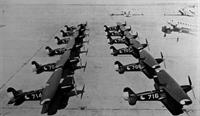
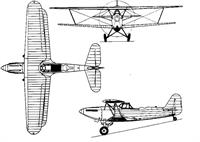
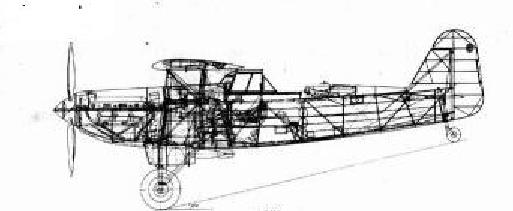
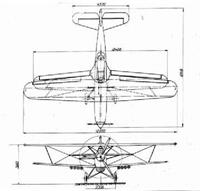
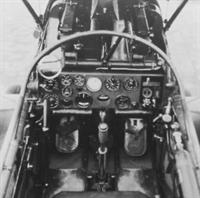
May war
During the May War only 11 (out of 16) C.X's were operational (700. 705. 706. 708. 709. 711 - 715. 719). of which 2 (708, 709) were lost due to enemy fighters. The majority of the C.X's were stationed at Bergen AFB. where they were parked outside the base when war broke out. This saved them from destruction when Bergen was taken by surprise by the German Luftwaffe at the first invasion hour.
The C.X's were almost entirely used for ground-attack missions. They raided against the German airborne positions at the AFB's Waalhaven and Valkenburg. at Moerdijk. in and around Rotterdam and against German artillery positions east of the Grebbeberg. These missions were all successfully executed. A limited number of recce missions were flown by individual planes. Two planes (700. 705) flew to France before the capitulation. There they were left [the 700 at Caen: the 705 at Mardyck near Dunkirk, and some crew members managed to evacuate to England
The Germans captured a number of Fokker C.X's. It is not known what they did with these planes. Possibly they were donated to the Finnish airforce.


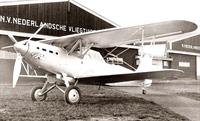
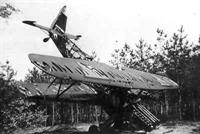
| Type |
2-seat (Pilot and observer/navigator) reconnaissance and light ground support |
| Engine |
1 Rolls Royce Kestrel V |
| Dimensions |
Length 8,8 m , height , span 12,00 m , wing area , |
| Weights |
Empty , loaded , max. take off weight 2300 kg |
| Performance |
Max.. speed 316 km/h , cruising speed 270 km/h , range 830 km , endurance , service ceiling 8300 m , climb |
| Armament |
1 off 7,9 mm FN synchronized frontal machinegun, 1 off 7.9 mm Lewis manually operated machinegun rear, 400 kg bombs (8 x 25 kg: 8 x 50 kg; 4 x 100 kg) |
| Type |
Werk.Nr |
Registration |
History |
|
|
706, 711 - 715, 719 |
Taken at Bergen May 1940 |

